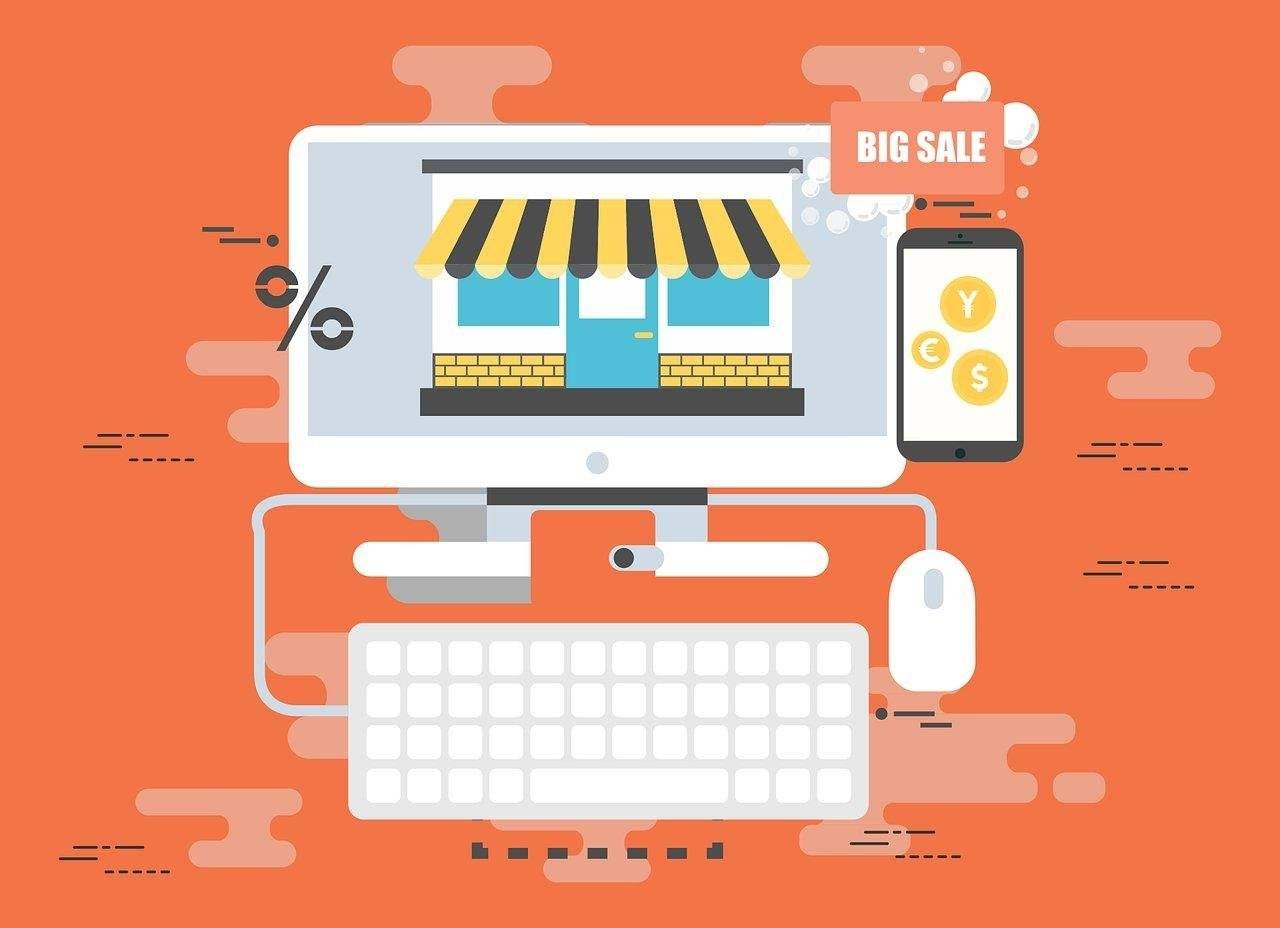Commerce is the conduct of trade amongst economic agents. Generally, commerce refers to the exchange of goods, services or something of value, between businesses or entities. From a broad perspective, nations are concerned with managing commerce in a way that enhances the well-being of citizens, by providing jobs and producing beneficial goods and services.
Ecommerce allows consumers to electronically exchange goods and services with no barriers of time or distance. Electronic commerce has expanded rapidly over the past five years and is predicted to continue at this rate, or even accelerate.
In the near future the boundaries between “conventional” and “electronic” commerce will become increasingly blurred .
As more and more businesses move sections of their operations onto the Internet.
Electronic transactions have been around for quite some time in the form of Electronic Data Interchange or EDI. EDI requires each supplier and customer to set up a dedicated data link (between them), where eCommerce provides a cost-effective method for companies to set up multiple, ad-hoc links. Electronic commerce has also led to the development of electronic marketplaces where suppliers and potential customers are brought together to conduct mutually beneficial trade.
Lastly, you need a marketing strategy for driving targeted traffic to your site and a means of enticing repeat customers. If you are new to eCommerce keep things simple- know your limitations.
The traditional world of commerce in stiff competition
Many analysts believe that e-commerce will reshape the business world. Some predict that the huge growth of virtual communities—people getting together in ad hoc interest groups online—promises to shift the balance of economic power from the manufacturer to the consumer, eroding the marketing and sales advantages of large companies. A small company with a higher quality product and better customer service can use these communities to challenge larger competitors.
something it might not be able to do in the traditional world of commerce. Some experts believe that universities may eventually face stiff competition from organizations that offer their courses at no charge, counting on sales generated from ads to make their profits and draw new customers.
An important difference between traditional business and e-commerce is the elimination of the middleman, known as disintermediation. Businesses and consumers can communicate directly to carry out transactions, which can help entrepreneurs market their products or services without the cost of salespeople or product representatives. Although e-commerce is still a developing part of the economy, some people believe that traditional stores and mail-order companies may eventually go out of business. Other observers believe that traditional and electronic commerce will find new ways to work together.
Online-to-offline commerce is a business strategy that draws potential customers from online channels to physical stores. Online-to-offline commerce, or O2O, identifies customers in the online space, such as through emails and internet advertising, and then uses a variety of tools and approaches to entice the customer to leave the online space. This type of strategy incorporates techniques used in online marketing with those used in brick-and-mortar marketing.

